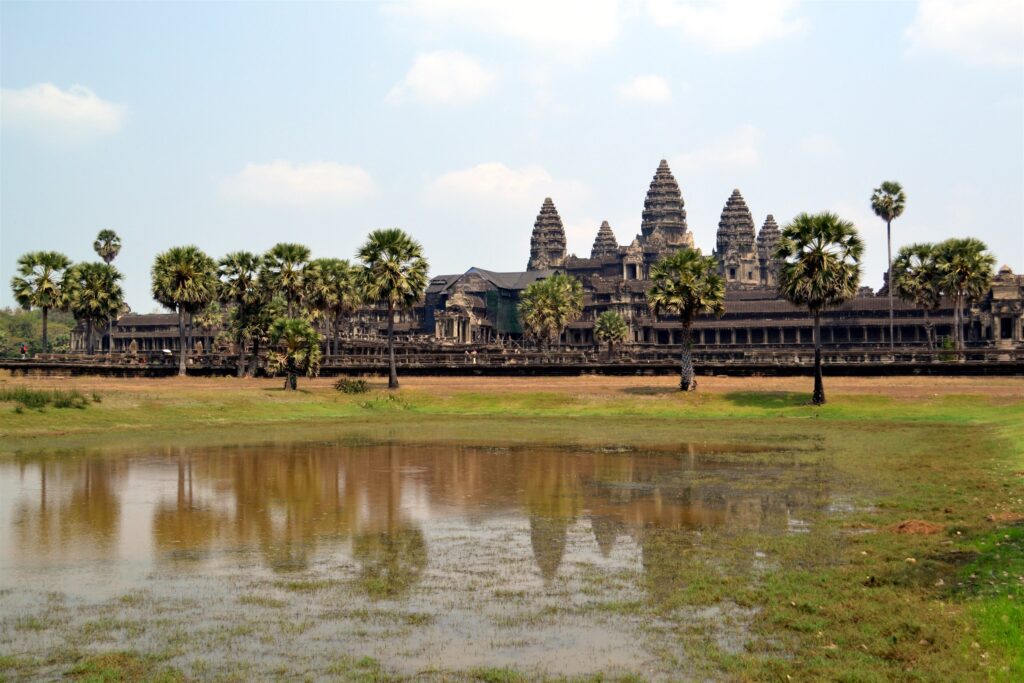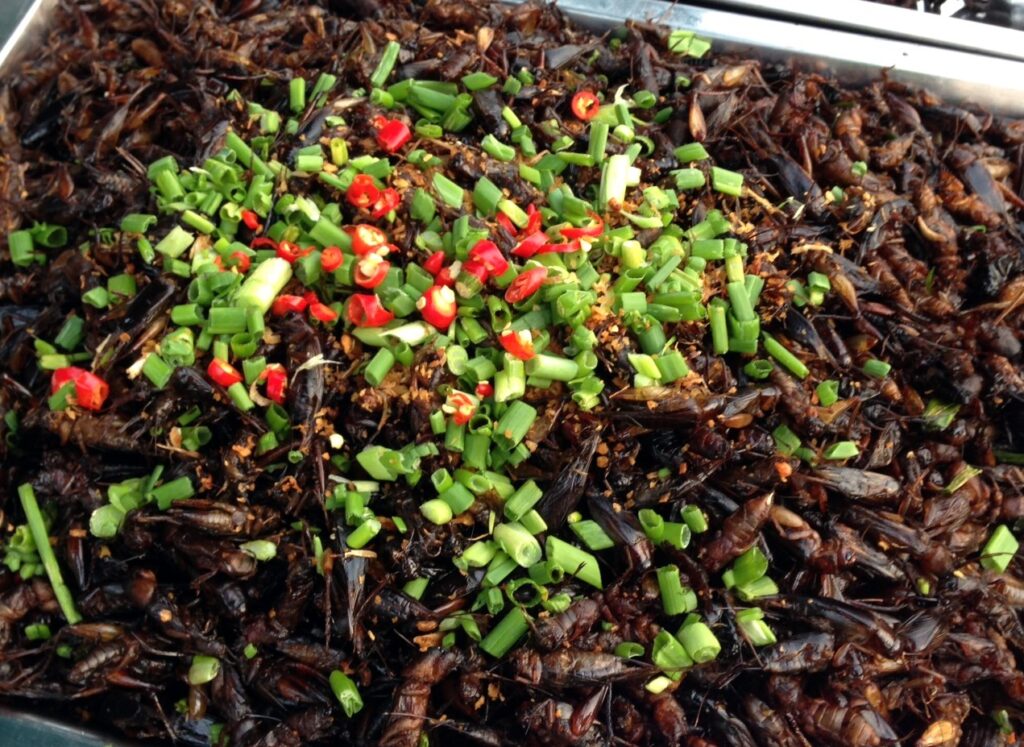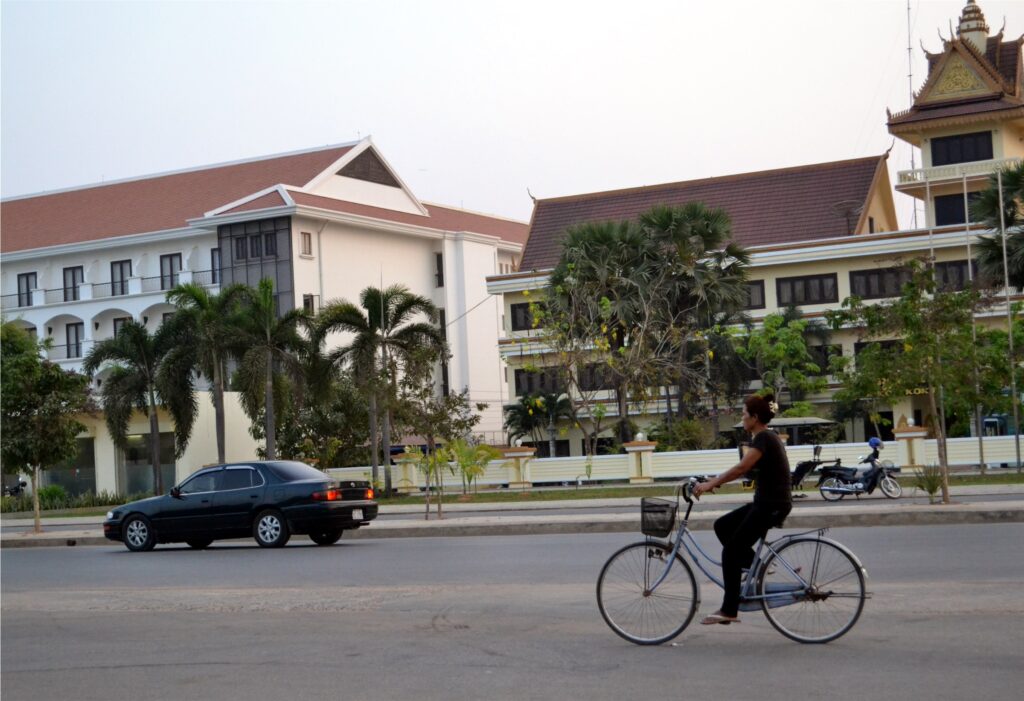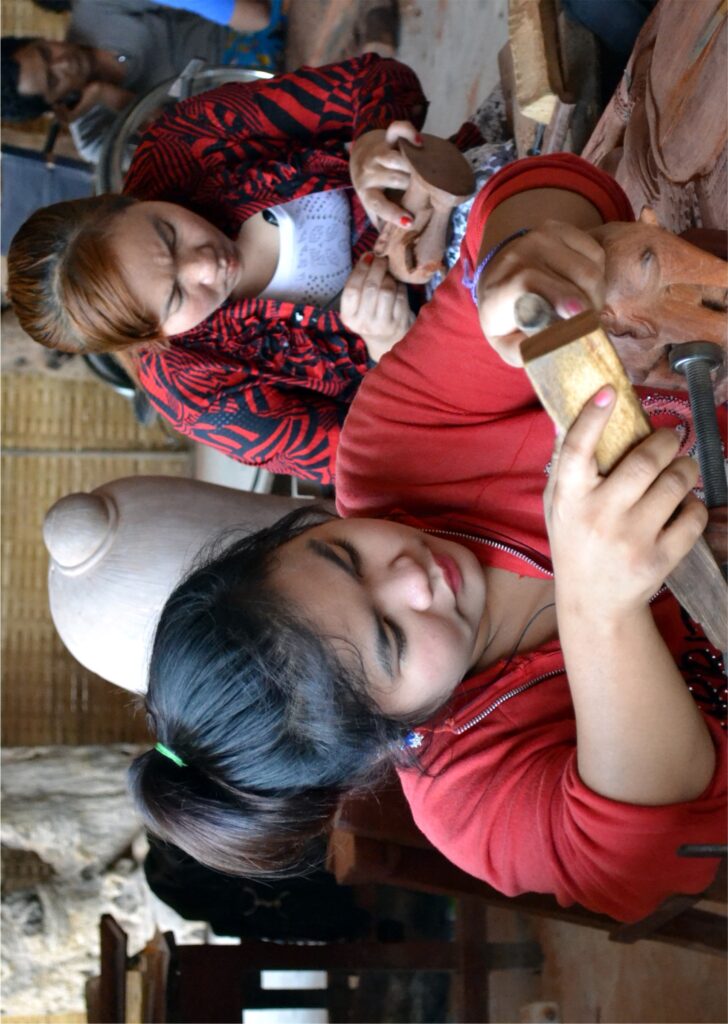SIEM REAP: A CITY WORTH DISCOVERING
Text and Photos by Henrylito D. Tacio
A few days after Christmas in 1859, French naturalist and explorer Henri Mouhot did the unthinkable: he left the capital city of Thailand to explore the uncharted regions of Indochina. For almost a year, he was hacking through brush and fending off leopards, leeches, and wild elephants before he finally arrived at Siem Reap, the gateway to the Angkor region of Cambodia.
But what took Mouhot almost a year to get to can now be reached by more than two hours by plane from Manila. We left Manila at 7:45 in the evening and arrived at 9:30 at the Siem Reap International Airport (there is a one-hour difference between the Philippines and Cambodia).

It was already dark when we arrived at Siem Reap. After stepping out of the plane, we walked for a few meters before we get inside the airport. We waited for more few minutes to get our luggage. It was hot when we got out of the airport, but luckily an air-conditioned bus was waiting to bring us to our hotel.
We stayed at the Apsara Angkor Hotel on Airport Road. The hotel was also the venue of the international conference, which we — together with two other journalists from the Philippines, Imelda Abano, and Rhaydz Barcia — were attending.
According to oral tradition, the name “Siem Reap” was given by King Ang Chan (1516-1566) as “Siem Reap,” meaning “the flat defeat of Siam” (Cambodians call Siam or Thailand “Siem”). The name was given in honor of Ang Chan’s victory against a Siamese invasion, slaying Prince Ong and capturing no less than 10,000 Siamese troops.
Today, Siem Reap is Cambodia’s most popular tourist area; it has a large number of hotels, resorts, restaurants, and businesses closely related to tourism. The reason for its popularity: six kilometers north of the city is the home of Angkor temples, touted to be the seventh wonder of the world.
On our first day at Siem Reap, we toured the famous Buddhist temples of Angkor Archaeological Park (entrance fee is US$20 for one day while the one-week pass is US$60). Built between the 9th century and 14th centuries, the City of Angkor is one of the grandest monuments ever constructed.

The entire complex covers approximately 164 square miles with over 200 temples! Among the 30 temples that are accessible today, the most famous is Angkor Wat, the largest religious building in the world, with a volume of stone equaled to that of the Cheops pyramid in Egypt.
It was already 2:30 in the afternoon when we decided to end our tour. Although feeling tired, we went to go to the night market, about two kilometers away from the hotel. We took a tuk-tuk, a motorcycle with a cabin attached to the rear. It can accommodate four people but irrespective of the number of passengers, the usual fare is — from our hotel to the market — is US$3.
As elsewhere in Cambodia, US dollars, and to a lesser extent, Thai baht are preferred over Cambodian riel (exchange rate was 40 Cambodian riel for every US dollar) except for the very smallest purchase. Using riel for small purchases can be better than using dollars as retailers tend to round up US$ prices.
The market opens at 6 pm and closes by midnight. We started buying our pasalubong. Imelda told us to make a bargain before purchasing something. We didn’t heed her advice. We bought some ref magnets and key holders and paid US$5 for each.
“How much did you pay for that,” Imelda asked. I said the exact amount, and she said, “I paid mine for only US$2 dollars.”

While the two ladies were busy selecting items in other stalls, I went out from the market and observed what other people were doing. Tuk-tuk vehicles were all over the place but what caught my attention was a stall selling some exotic foods.
In the Philippines, I really don’t eat balut. But if I had my way, I would eat balut instead of consuming the exotic foods before me. “Would you like to try?” the man asked. “No, thanks,” I answered politely.
I wanted to vomit right there and then, but in my mind, it was unethical. You will probably do if you were in my place. Consider these: snakes being barbecued, crunchy crickets, fried tarantula, and fried frog legs. In taking photos of these exotic foods, I had to pay US$0.50.

Since it was getting late already, we decided to eat our dinner at Pub Street. Cambodian cooking doesn’t get the attention it deserves, especially when you have eaten foods from Thailand and Vietnam. But we observed that the basic ingredients are similar: lemongrass, garlic, ginger, and fish sauce. Khmer cooking is subtler and lighter, employing less chili, pungent herbs, and coconut milk.
On our second day, after the conference session, we decided to go to the Old Market, which has an eclectic collection of clothes and trinkets. Since we learned our lessons well, I did bargaining this time — almost half the price. After all, most stalls carry the same selection, so you can shop around and find the cheapest price.
On our last day, we returned to the same place to do our final shopping spree. But since it was still in the middle of the day, it was hot and humid. I decided to go back to the hotel. Imelda and Rhaydz were left behind.

Later at the hotel, I checked my e-mails and read messages on my Facebook. All of a sudden, I got a personal message from Imelda with a photo of the two of them having a foot massage. It was only US$5 for a 30-minute massage, she told me later.
Siem Reap has colonial and Chinese-style architecture in the Old French Quarter. Actually, it is a cluster of small villages that were originally developed around Buddhist pagodas (Wat), which are almost evenly spaced along the Siem Reap River.

